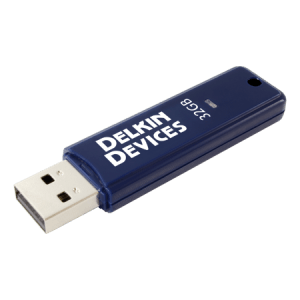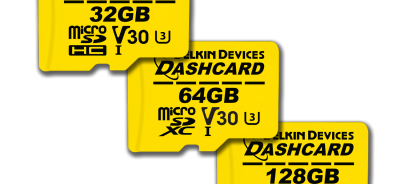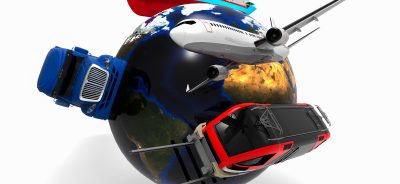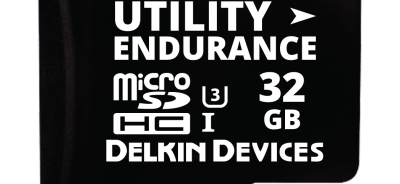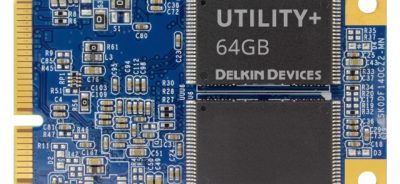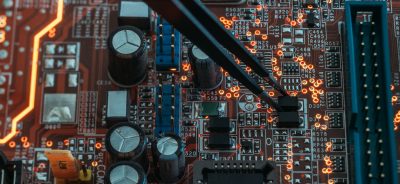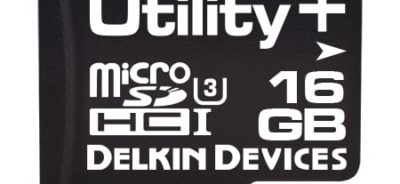The Impressive Architecture of SLC USB Flash Drives
Today’s SLC USB Flash drives are rugged, durable, and even customizable. Electrical engineers have built some impressive architecture to support the high capacities, favorable erase/write cycles, and rapid transfer rates that are typical of modern high-quality SLC USB Flash drives.
A Closer Look at NAND
NAND was the brainchild of engineer Fujio Masuoka. Before he developed NAND, Masuoka invented Flash memory. He was inspired to use a large erase transistor to get the functionality of an EEPROM on the chip. Flash memory got its name because the erase happened in a Flash. Then, Masuoka shrank the memory chip by eliminating half of the signal lines. This forced each bit to communicate through the adjacent bits. Modern developers continue to value NAND for its ability to retain data independent of a power source.
The Basic Architecture of a Memory Cell
Single-layer cell (SLC) and multi-layer cell (MLC) technologies both rely on the architecture of a basic memory cell. The arrangement of a memory cell looks similar to a MOSFET—a metal oxide semiconductor field effect transistor. However, unlike a MOSFET, a memory cell actually has two gates—a control gate and a floating gate. The floating gate is nestled within a layer of oxide that serves as insulation. This is how memory cells are able to retain data for a long time, despite the lack of a running power source. The electrons get trapped inside the floating gate.
The Use of Excited Electrons and Floating Gates
Before the floating gate can retain electrons, it needs to acquire them. Each floating gate is flanked by a source and a drain. These features have differences in voltage. All that’s required is to apply a charge, which forces excited electrons to penetrate through the layer of insulating oxide. The result is a layer of negatively charged electrons, which are held between the control gate and the floating gate. When the floating gate is negatively charged, the memory cell is erased. When it’s positively charged, it’s programmed.
Delkin has built a reputation for providing rugged, high-performance storage solutions. Our SLC USB Flash drives feature sequential read speeds of up to 32 MB/s and sequential write speeds of up to 30 MB/s, with a capacity range of 128MB to 32GB. Contact us today to find out more about our selection of commercial and industrial grade storage products, and let us know about your customization preferences.
ORDER DELKIN INDUSTRIAL FLASH STORAGE TODAY through our distribution partner Newark.
For Europe Contact Our Partner Farnell
 Login
Login Register
Register


